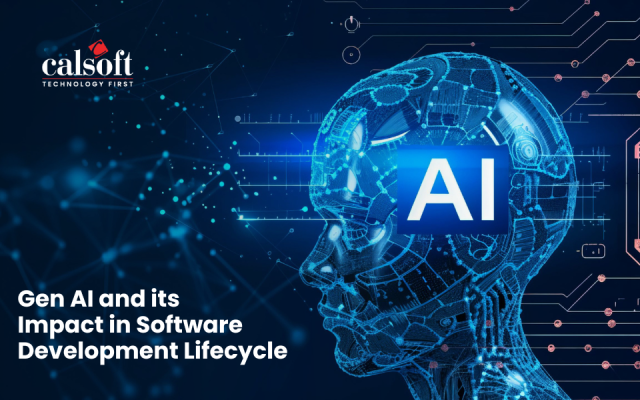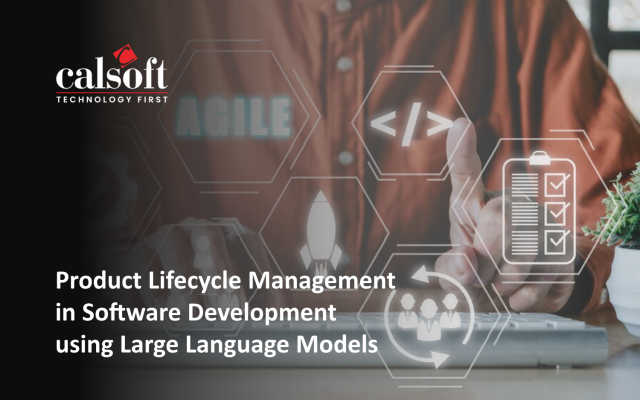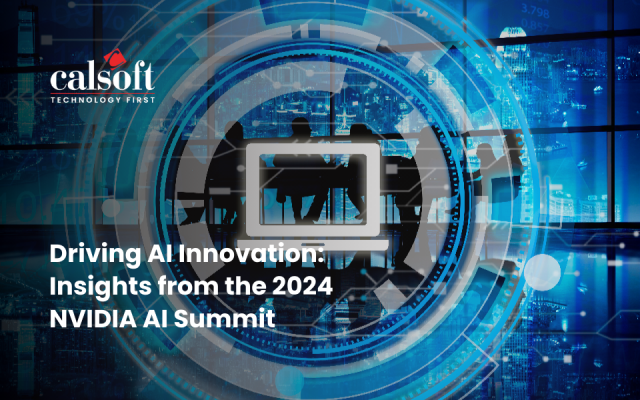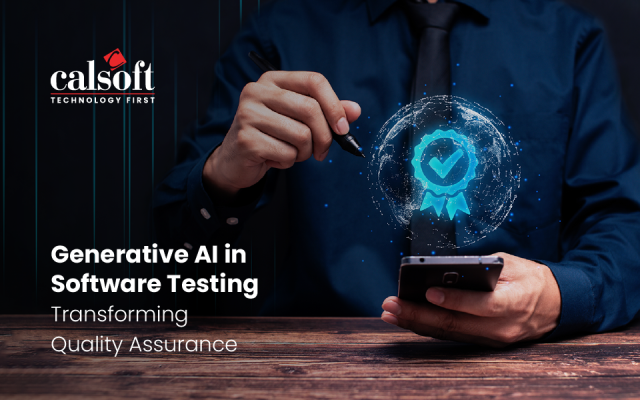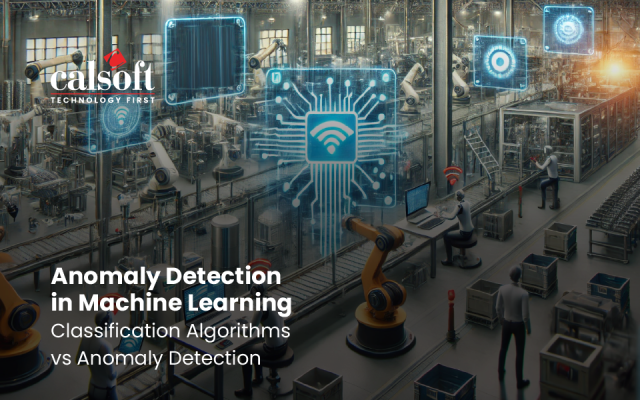The days when a diagnosis was more difficult than a cure are now relegated to history. We are in the age where technologies like IoT, AI, Cloud are powering healthcare systems. Smart healthcare is not just a sought-after concept anymore. It has branched out into telemedicine, online diagnosis, remote expert advice, smart monitoring, and much more. Technology has advanced to the point when soon, each one of us will be aware of our future illnesses and will be able to control them with timely alterations in our lifestyles.
COVID-19 & the healthcare sector
Increasing caseloads due to COVID-19 have created many concerns such as lack of hospital beds, lack of testing kits, and other facilities to cater to each of the patients. A researcher has come up with an eQuarantine solution for less critical patients. They are monitored using smart IoT-based healthcare devices, making room for critical patients for treatment.
Clearly, nations with better care facilities have been successful in combating the pandemic. Currently, the whole world is looking for a cure, and researchers are taking the help of IoT and AI technologies to find antibodies against the virus. Many hospitals have implemented self-driving robots to clean, disinfect, and sanitize healthcare facilities.
Currently, only 7% of the work that major IoT service providers deliver in the APAC regions is on Smart Healthcare. Forrester Research states that healthcare technologies will become a priority among IoT service providers once the disruptions caused by COVID-19 diminish.
Technology for value-based care
Healthcare systems have evolved through the ages, leading to an increased life expectancy. This is, in turn, increasing the requirement for healthcare innovations as the caregivers are struggling to meet these demands. Global healthcare spending is expected to rise at a CAGR of 5% from 2019 to 2023. But, to sustain this growth, the healthcare system has to meet the increasing need for a larger and skilled workforce along with the improved medical facilities, says the World Health Organization (WHO). The top challenges troubling the Healthcare sector are as below:
- An aging population that’s growing exponentially
- A shortfall of physicians, nurses, and other caregivers
- Lack of advanced medical facilities
- Costs involved in the traditional healthcare model
Healthcare automation can help minimize these challenges. The occurrence of COVID-19 has taught us the importance of a better healthcare system. We are falling short of medical facilities and caregivers to treat the increasing number of infected patients. McKinsey states that the next normal for healthcare will look nothing like the normal we leave behind. Does this mean we have finally realized the importance of a value-based integrated healthcare system? Let’s see.
- The latest healthcare quarter report for Q1’2020 by PwC and CB Insights sheds light on some insights, funding for VC-backed healthcare companies raised $6.0B in the US, of which $2.7B was invested in biotechnology and $996M was invested in the medical devices and equipment section. Globally, investments increased to $8.4B in Q1’20.
- Technavio, which has been monitoring the mobile robots market in the Healthcare and Hospitality sectors, said it is poised to grow by USD 941.58M during 2020-2024, progressing at a CAGR of almost 19% during the forecast period.
Technology and integration during COVID-19
Speeding up technological innovations in healthcare is the key to battle the Coronavirus and similar calamities in the future. Some of the notable medical innovations that came up during COVID-19 are as below:
- Monitoring less critical patients from a distance: Computer Science and Artificial Intelligence Laboratory (CSAIL) developed a device named Emerald for remote monitoring of infected patients. Emerald analyzes the wireless signals in the environment using AI to infer a patient’s vital signs, sleep, and movement. The data gathered through this device can be directly accessed by a doctor without the immediate need for a patient-doctor interaction.
- AI for COVID-19 diagnosis: Maccabi Healthcare Services, Israel, is using AI trained from the existing system with a pool of data, to identify people at the risk of flu. This system is helping medicos identify infected people from millions of others at risk. It has already flagged around 40,000 people. After identification, these people are put on a fast track for COVID-19 testing.
- Telehealth: Due to the fear of getting infected, people with regular medical conditions are avoiding doctor’s visits and moving towards virtual visits using online collaboration tools like Zoom.
- Free COVID-19 mobile apps: Many organizations have launched free mobile apps for Android and iOS for health screening and keeping the user informed about the affected locations along with COVID helpline numbers. Aarogya Setu mobile app is used in India for COVID-19 tracking.
Post-pandemic scenario
We are almost two months into the global lockdown, and scientists are predicting that we will see more such pandemics in the future. In a recent study by the Harvard Global Health Institute, the annualized cost of flu pandemics is approaching the cost of climate change. It also stated that the world remains ill-prepared to detect and respond to outbreaks and pandemics.
The rate at which this pandemic is affecting our lives, it is clear that we have not been investing in healthcare and related research. However, in the post-pandemic scenario, people will concede to the new normal where technology will be the linchpin of healthcare services.
The COVID-19 crisis has only accelerated the already planned shift in the healthcare continuum with the adoption of virtual and AI-driven tools. Dealing with this pandemic is likely to remain at the top of the priority list of healthcare organizations for the next 1.5 years at least.
Post-crisis, AI and IoT embedded solutions will rule the healthcare industry. AI-enabled healthcare helps in real-time decision making by providing reliable data. Using sensors, recorded data, and other solutions, AI perfectly combines the information and analyzes it to provide meaningful insights. The self-learning ability in AI helps in foreseeing response towards a cause. This promises reliability of the insights gained from AI-powered healthcare systems and helps further with quick decision making.
Medical facilities have to embrace an end-to-end integrated approach for better interoperability and efficiency in the future. The current healthcare model needs greater infrastructure readiness to adopt these new technologies. This calls for the ability to manage enormous data, migrate current working systems to the cloud-based systems, efficient storage, and networking provisioning, and securing of crucial and sensitive data.
Already, many AI startups are developing AI solutions for medicine, and healthcare has become a new target sector for many technology companies. Calsoft’s AI/ML expertise enables product and technology companies to scale up to meet the challenges of the future.
The bottom line
Now is the right time to make the move to digitalize the Healthcare sector. According to Siemens Healthineers, the move to smart healthcare will change our approach from patient-centric prevention to person-centric prevention. Mankind can only benefit from the two-pronged approach of smart healthcare – tackling human health calamities as they occur and also predicting future events to help formulate a proactive and preventive strategy.
Further Reading:
Take a look at this white paper on data generator for IoT cloud platforms that eases the testing challenges faced by IoT systems.

